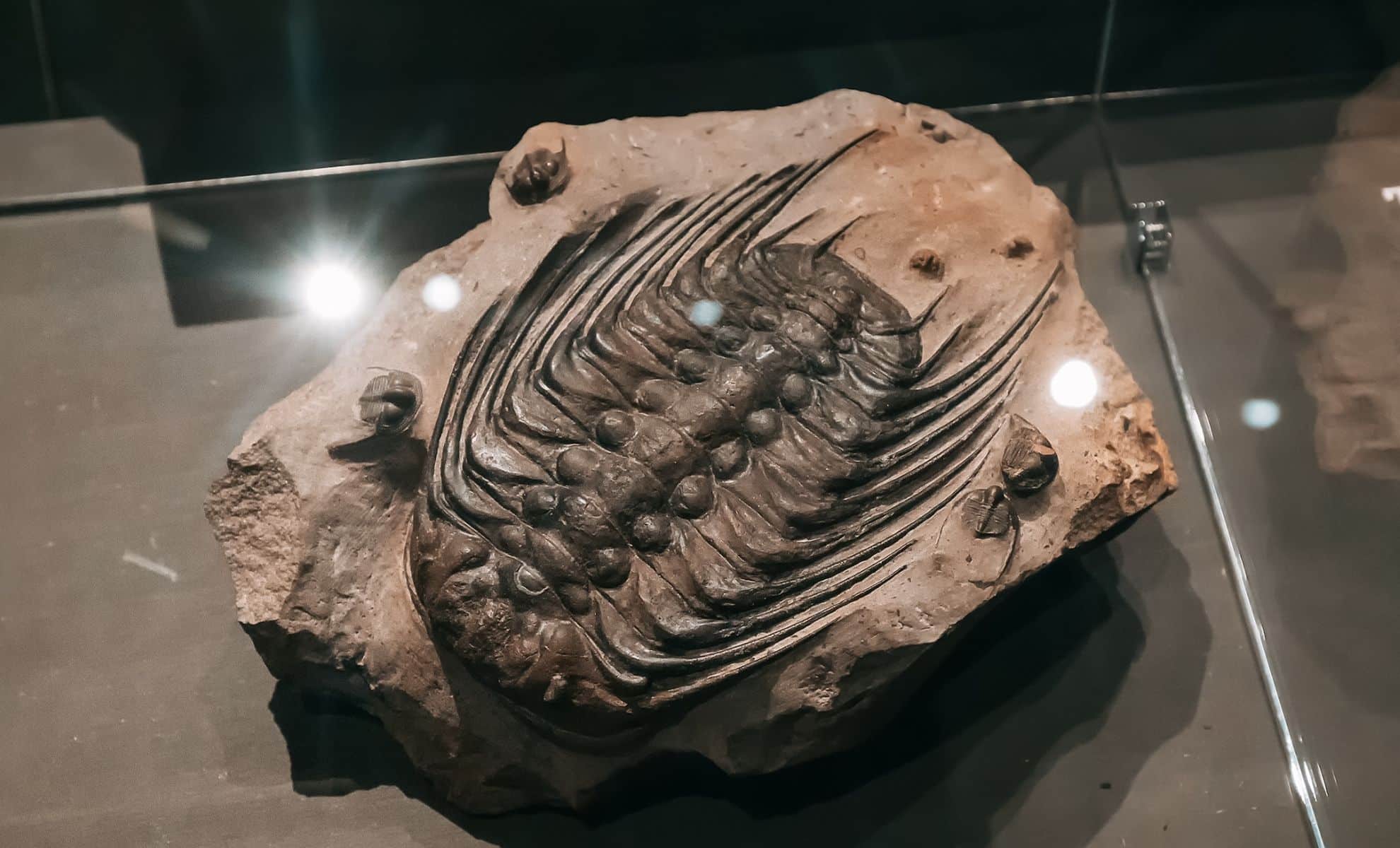
The Cambrian Explosion Happened 15 Million Years Earlier Than We Thought
How did your country report this? Share your view in the comments.
Diverging Reports Breakdown
The Cambrian Explosion Happened 15 Million Years Earlier Than We Thought
The Cambrian explosion, long hailed as one of the most significant events in the history of life on Earth, has now been brought into question. New research suggests that this burst of biodiversity may have actually begun millions of years earlier than previously thought. By analyzing the trace fossils from this period, researchers have uncovered the presence of mobile creatures exhibiting sophisticated biological features, such as segmented bodies, muscle systems, and even directional movement. The implications of this study are far-reaching. By showing that animals with complex mobility existed millions of Years earlier than expected, this new research could help reshape our understanding of early animal evolution. The findings also provide a new framework for studying other critical evolutionary periods such as the diversification events of the Ordovician.
A New Timeline For The Cambrian Explosion
The study, published in the journal Geology, introduces evidence that animals with complex body structures were thriving as early as 545 million years ago, well before the traditional timeline of the Cambrian explosion. By analyzing the trace fossils from this period, researchers have uncovered the presence of mobile creatures exhibiting sophisticated biological features, such as segmented bodies, muscle systems, and even directional movement.
Olmo Miguez Salas, a postdoctoral researcher at the University of Barcelona, and Zekun Wang from the Natural History Museum in London, led the study. According to Miguez Salas, “The trace fossil record provides valuable information about evolutionary periods when soft-bodied fauna were dominant.”
Trace Fossils: A Window Into Ancient Life
The traditional approach to studying the Cambrian period often focuses on organisms with hard body parts, as they are more likely to leave behind preserved fossils. However, soft-bodied creatures, which made up much of the life during the Ediacaran-Cambrian transition, left behind trace fossils—marks of their activity. These traces offer an unprecedented look into how these early animals moved, interacted with their environments, and evolved.
The study’s focus on the Ediacaran-Cambrian boundary is crucial. This period represents a dramatic shift in the diversity of life on Earth, where soft-bodied organisms of the Ediacaran gave way to the hard-bodied creatures of the Cambrian.
As Miguez Salas explains, “The transition to the Cambrian involved the extinction of much of the Ediacara fauna, and a rapid diversification of complex multicellular life forms with hard parts… this is the evolutionary core from which most modern animal phyla emerged.”
A Sophisticated Level Of Mobility And Behavior
The trace fossils studied by Miguez Salas and Wang suggest that the organisms from 545 million years ago were not just simple, immobile creatures, but complex beings capable of movement and interaction with their environments. The researchers found evidence that these early animals likely possessed “coelomic hydrostatic bodies, with an anteroposterior axis, muscles and possibly segmentation.”
The animals’ ability to move in a specific direction, likely in response to environmental stimuli, suggests a significant leap in evolutionary sophistication. These trace fossils reveal that the very foundations of the Cambrian explosion might have been set into motion much earlier than the traditional models proposed.
Rewriting the story of evolution
The implications of this study are far-reaching. By showing that animals with complex mobility existed millions of years earlier than expected, this new research could help reshape our understanding of early animal evolution. As Miguez Salas notes, “This new discovery opens the door to quantitatively study future Ediacara trace fossils discovered in the coming years and to corroborate that the Cambrian explosion did not happen in the Cambrian, but many millions of years earlier.”
These findings also provide a new framework for studying other critical evolutionary periods, such as the diversification events of the Ordovician. The new methodology developed by the researchers offers a more precise way to analyze fossilized traces of animal movement, helping scientists uncover new insights into how life on Earth evolved.
Source: https://dailygalaxy.com/2025/07/cambrian-explosion-15-million-years-earlier/
